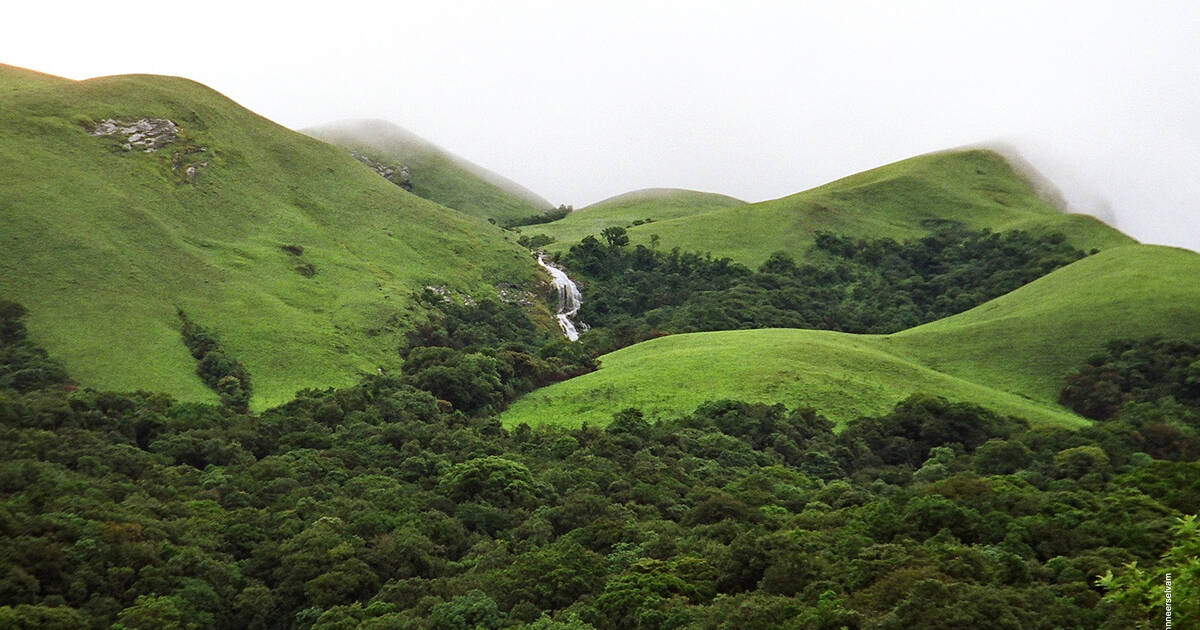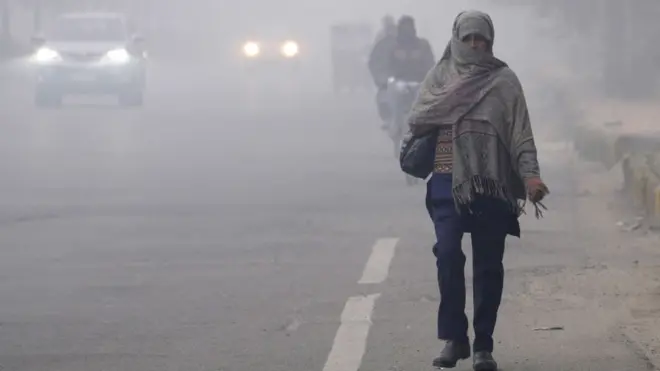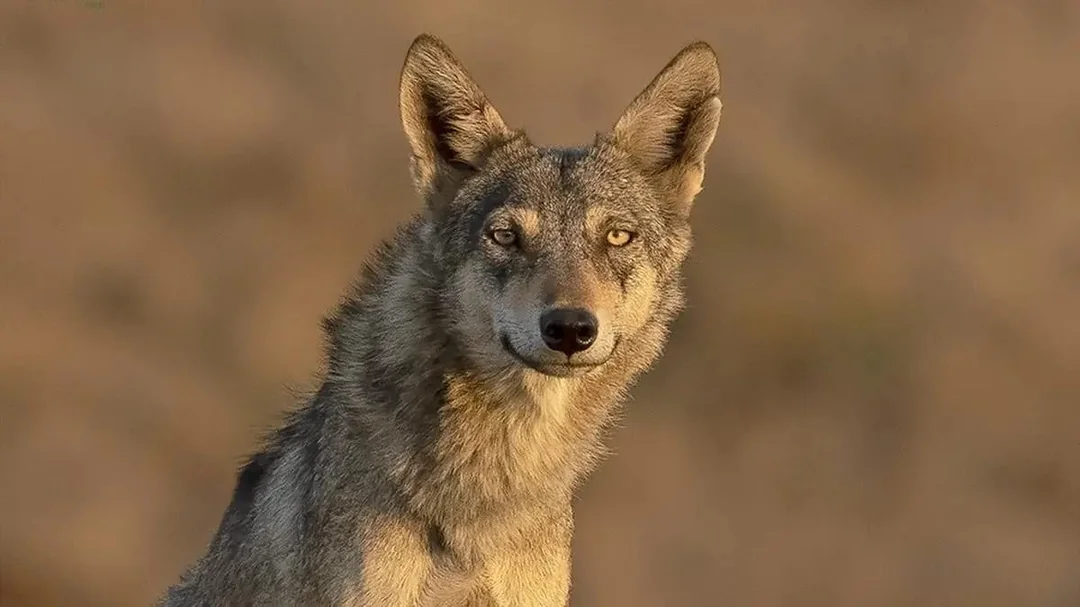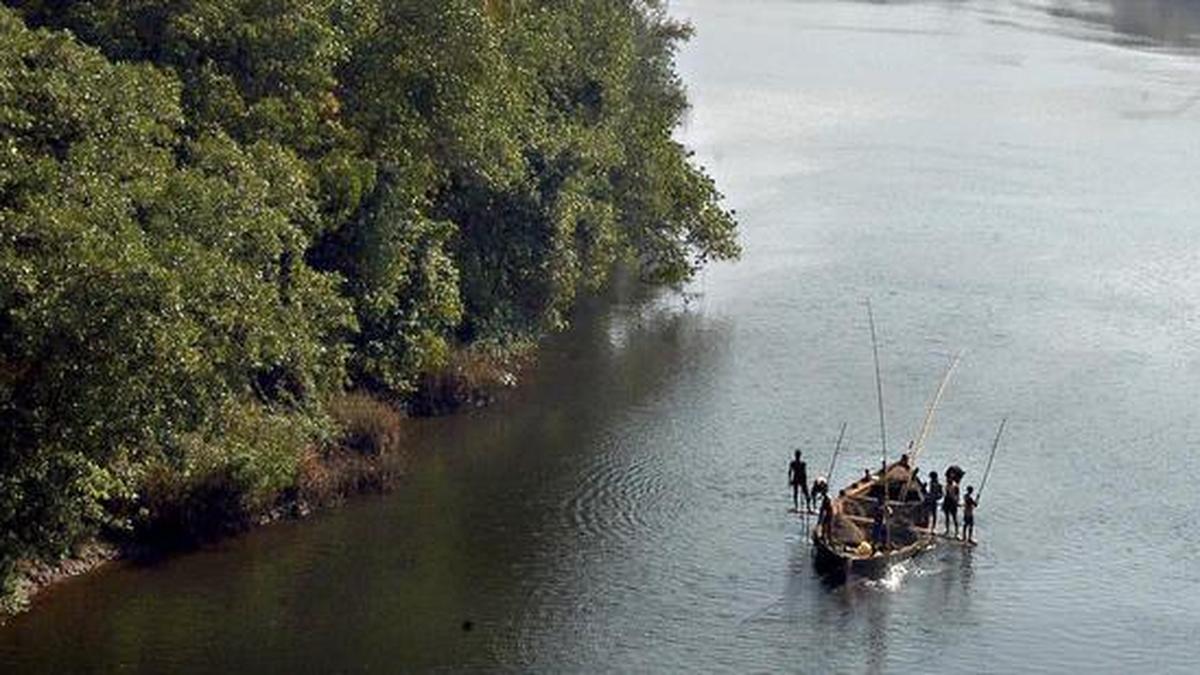Why the IUCN Has Red-Flagged India’s Western Ghats: Full Explanation
- bykrish rathore
- 24 October, 2025

The International Union for Conservation of Nature (IUCN) has issued a red flag for India’s Western Ghats, one of the eight most biologically diverse regions in the world.
This move comes amid growing environmental degradation, deforestation, and threats to wildlife and local ecosystems.
The Western Ghats, stretching over 1,600 km across six Indian states — Gujarat, Maharashtra, Goa, Karnataka, Kerala, and Tamil Nadu — are home to thousands of endemic species, many of which are now facing the risk of extinction.
⚠️ Why Did IUCN Red-Flag the Western Ghats?
The IUCN’s warning stems from several interconnected environmental issues:
Massive Deforestation –
Over the last few decades, large portions of forest land have been cleared for agriculture, urbanization, and infrastructure projects such as roads, dams, and housing.
Uncontrolled Mining Activities –
Illegal and excessive mining in states like Goa and Karnataka has severely affected soil quality, water systems, and forest habitats.
Loss of Biodiversity –
Species such as the lion-tailed macaque, Malabar civet, and numerous amphibians are under threat due to habitat destruction and human interference.
Climate Change Impact –
Rising temperatures and unpredictable rainfall patterns have affected the delicate balance of the region’s ecosystem.
Weak Enforcement of Conservation Laws –
Despite being a UNESCO World Heritage Site, the implementation of conservation measures remains poor. Projects continue to be approved without thorough environmental impact assessments.
🌎 What the IUCN Report Says
According to the latest IUCN assessment, the “Conservation Outlook” of the Western Ghats has shifted from “Good with Some Concerns” to “Significant Concern.”
This means the ecological health of the region is deteriorating faster than expected.
The report emphasizes that while the Ghats are crucial for maintaining monsoon patterns, regulating temperature, and providing water to millions, human activity is pushing the ecosystem toward an irreversible tipping point.
🏞️ Importance of the Western Ghats
The Western Ghats are not just a natural treasure — they are vital to India’s ecological and economic stability:
Source of major rivers like Godavari, Krishna, and Kaveri
Supports over 325 globally threatened species of flora and fauna
Acts as a climate regulator, influencing rainfall patterns across peninsular India
Provides livelihoods to millions through agriculture, fishing, and forest resources
🧩 The Way Forward
Experts say that addressing the IUCN red flag requires a mix of policy action, community participation, and scientific planning.
Implement the Gadgil and Kasturirangan Committee recommendations —
These panels had proposed identifying ecologically sensitive zones (ESZs) and restricting commercial projects in those areas.
Promote Sustainable Development —
Instead of banning all activities, the focus should be on sustainable tourism, regulated agriculture, and clean energy.
Strengthen Environmental Monitoring —
Continuous monitoring through satellite data, biodiversity mapping, and citizen science can help track degradation more effectively.
Empower Local Communities —
Involving indigenous and local communities ensures better forest management and helps curb illegal activities.

Note: Content and images are for informational use only. For any concerns, contact us at info@rajasthaninews.com.
"इको-फ्रेंडली इनोवेश...
Related Post
Hot Categories
Recent News
Daily Newsletter
Get all the top stories from Blogs to keep track.










